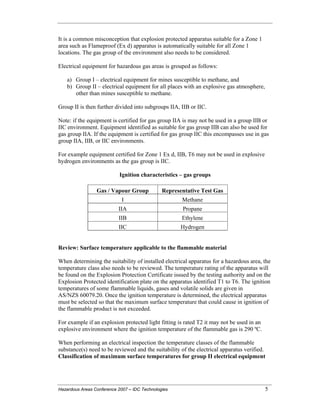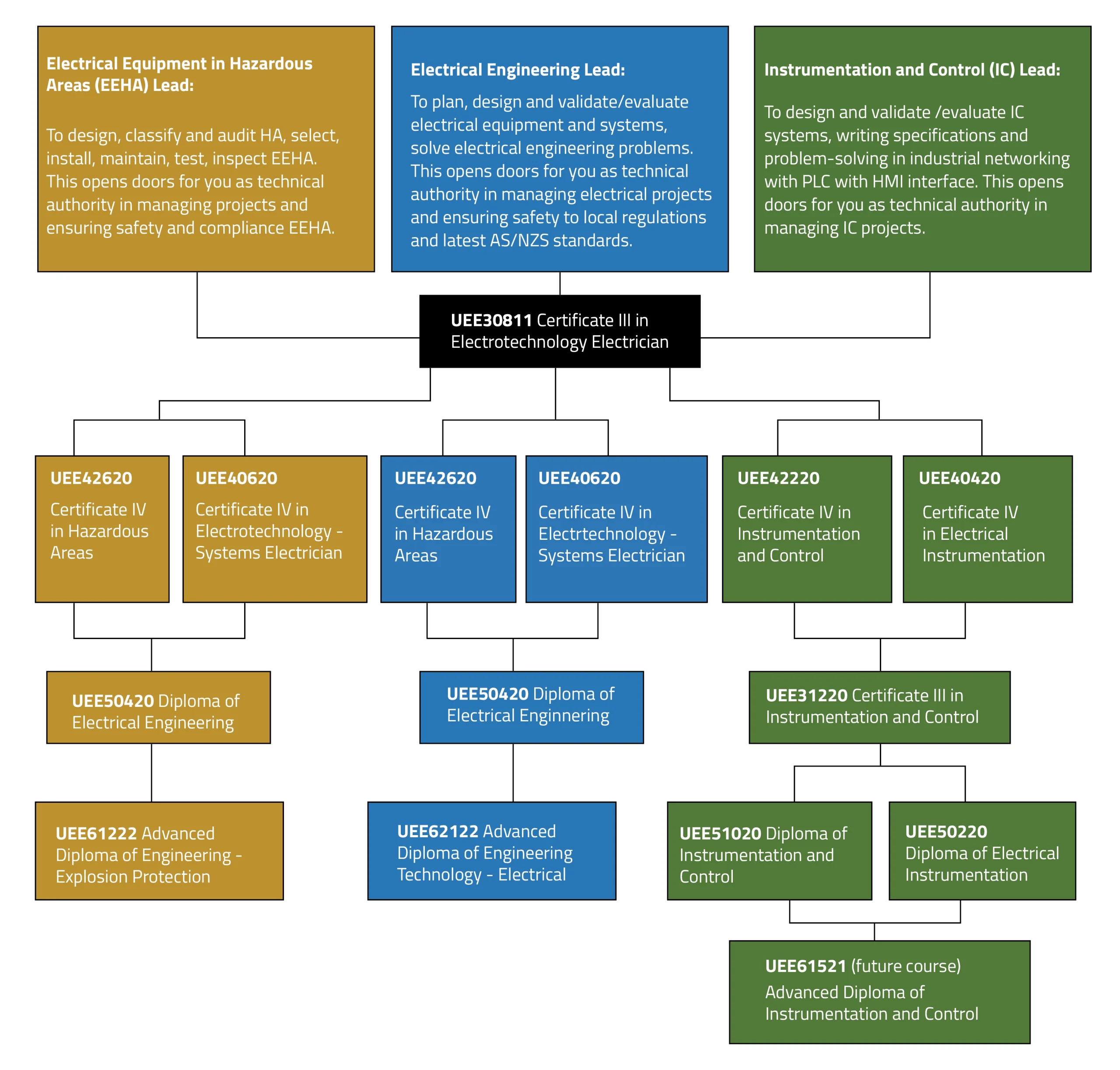The smart Trick of Roar Solutions That Nobody is Talking About
Wiki Article
The 45-Second Trick For Roar Solutions
Table of ContentsThe smart Trick of Roar Solutions That Nobody is DiscussingWhat Does Roar Solutions Mean?A Biased View of Roar Solutions
In such an environment a fire or surge is feasible when 3 standard conditions are fulfilled. This is typically referred to as the "dangerous area" or "combustion" triangle. In order to protect installations from a possible surge a technique of evaluating and identifying a potentially hazardous location is called for. The function of this is to make sure the appropriate selection and installment of devices to eventually avoid an explosion and to guarantee safety of life.
(https://www.cheaperseeker.com/u/roarsolutions)
No tools needs to be set up where the surface area temperature level of the tools is better than the ignition temperature of the provided risk. Below are some usual dirt unsafe and their minimum ignition temperature level. Coal Dirt 380C 225C Polythene 420C (thaws) Methyl Cellulose 420C 320C Starch 460C 435C Flour 490C 340C Sugar 490C 460C Grain Dirt 510C 300C Phenolic Resin 530C > 450C Aluminium 590C > 450C PVC 700C > 450C Soot 810C 570C The likelihood of the risk existing in a concentration high enough to cause an ignition will vary from area to area.
Unsafe location electrical equipment maybe designed for usage in greater ambient temperature levels. Area Repair Work By Authorised Worker: Complex testing may not be required nonetheless specific treatments may need to be adhered to in order for the tools to maintain its third event ranking. Each item of devices with a harmful score need to be evaluated separately.
Roar Solutions - An Overview
The tools register is a comprehensive data source of tools documents that consists of a minimum set of areas to identify each thing's area, technological specifications, Ex category, age, and environmental information. This information is critical for tracking and handling the tools properly within dangerous locations. On the other hand, for regular or RBI tasting evaluations, the quality will be a combination of Comprehensive and Close inspections. The proportion of Detailed to Close evaluations will certainly be determined by the Devices Danger, which is assessed based on ignition danger (the possibility of a source of ignition versus the likelihood of a combustible environment )and the unsafe area category( Zone 0, 1, or 2). This variation will additionally influence the resourcing needs for job preparation. When Whole lots are specified, you can create sampling plans based on the sample dimension of each Great deal, which describes the variety of arbitrary equipment items to be examined. To determine the called for sample size, two aspects need to be evaluated: the size of the Lot and the classification of inspection, which suggests the degree of effort that must be used( decreased, normal, or boosted )to the inspection of the Whole lot. By combining the group of inspection with the Whole lot size, you can after that establish the ideal denial requirements for an example, meaning the permitted variety of faulty products discovered within that example. For even more information on this procedure, please refer to the Power Institute Guidelines. The IEC 60079 common suggests that the optimum interval in between examinations ought to not exceed three years. EEHA inspections will certainly likewise be look here carried out outside of RBI campaigns as part of arranged upkeep and equipment overhauls or repairs. These inspections can be attributed towards the RBI example dimensions within the affected Lots. EEHA evaluations are performed to recognize faults in electric equipment. A heavy scoring system is crucial, as a single piece of devices may have numerous mistakes, each with differing levels of ignition threat. If the consolidated rating of both inspections is less than two times the mistake score, the Lot is considered acceptable. If the Great deal is still thought about unacceptable, it has to go through a full inspection or justification, which may set off stricter assessment methods. Accepted Whole lot: The root causes of any kind of faults are identified. If a common failing setting is found, additional devices might need maintenance. Faults are categorized by seriousness( Safety and security, Honesty, Home cleaning ), guaranteeing that urgent problems are analyzed and addressed immediately to reduce any effect on safety or operations. The EEHA data source ought to track and videotape the lifecycle of mistakes along with the restorative actions taken. Applying a durable Risk-Based Inspection( RBI )technique is crucial for making sure compliance and security in handling Electrical Devices in Hazardous Locations( EEHA) (hazardous area electrical course). Automated Fault Rating and Lifecycle Management: Easily handle mistakes and track their lifecycle to boost inspection accuracy. The intro of this support for risk-based inspection additionally enhances Inspectivity's setting as a best-in-class solution for regulatory compliance, as well as for any kind of asset-centric inspection use instance. If you are interested in discovering more, we invite you to request a presentation and find exactly how our service can transform your EEHA management procedures.
The Ultimate Guide To Roar Solutions

In terms of explosive risk, an unsafe area is an environment in which an eruptive environment is present (or might be anticipated to be present) in amounts that need special safety measures for the building, setup and use devices. high voltage courses. In this post we explore the challenges dealt with in the office, the threat control procedures, and the called for competencies to work securely
It issues of modern life that we produce, store or manage a series of gases or fluids that are regarded flammable, and a variety of dirts that are considered flammable. These compounds can, in particular conditions, create explosive ambiences and these can have major and heartbreaking consequences. Many of us recognize with the fire triangular eliminate any kind of among the three aspects and the fire can not take place, yet what does this mean in the context of dangerous locations? When damaging this down into its easiest terms it is basically: a combination of a particular amount of release or leak of a certain compound or material, blending with ambient oxygen, and the visibility of a source of ignition.
In a lot of instances, we can do little regarding the levels of oxygen in the air, however we can have considerable impact on sources of ignition, as an example electric equipment. Harmful areas are documented on the hazardous area category drawing and are recognized on-site by the triangular "EX LOVER" indication. Right here, amongst various other key information, zones are split into three types relying on the hazard, the possibility and period that an eruptive ambience will certainly exist; Zone 0 or 20 is regarded the most hazardous and Area 2 or 22 is regarded the least.
Report this wiki page